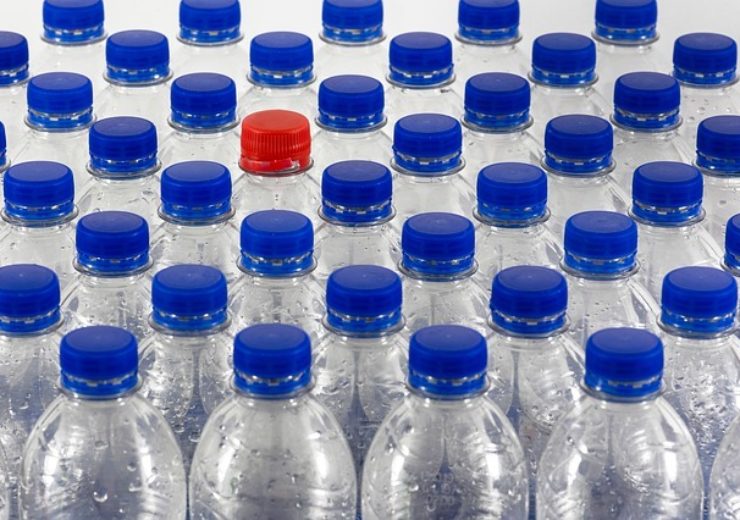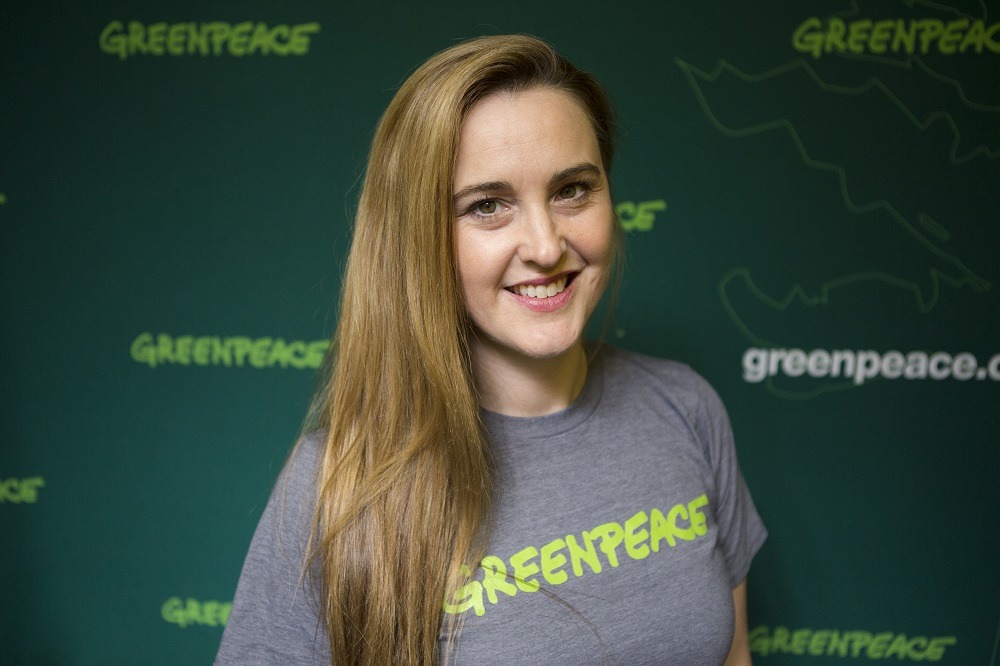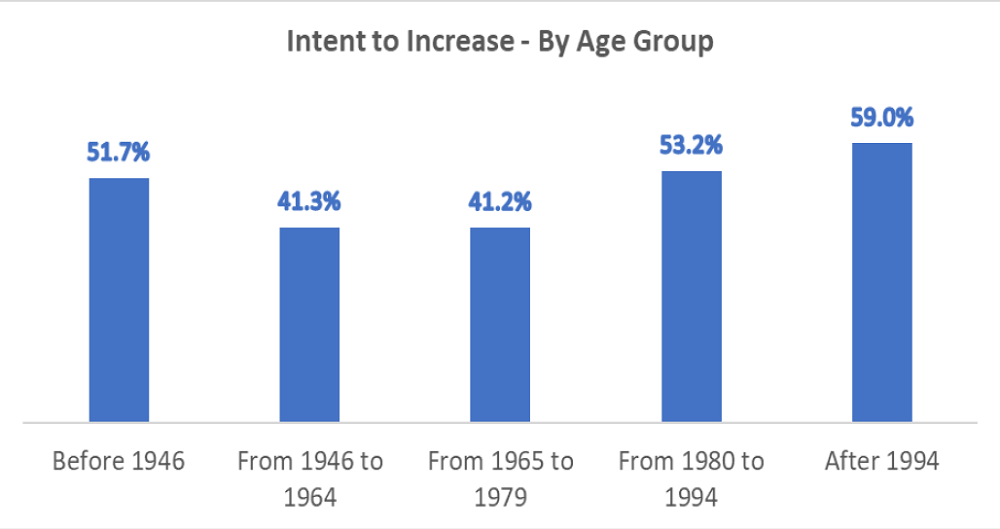The research from Dalhousie University also found that, though consumers in Canada want green packaging, they are not willing to pay extra for it

(Credit: Pixabay)
More than one in two consumers in Canada are actively look for green alternatives to plastic packaging, according to new research from Dalhousie University.
Conducted by its Agri-Food Analytics Lab, its study also found 89.8% of people believed there should be no additional cost for these alternatives.
Titled The single-use plastics dilemma: Perceptions and possible solutions, the study aimed to provide an insight to the views of Canadian consumers on single-use plastics in the food industry and the possible solutions.
Sarah King, head of Greenpeace Canada’s Oceans and Plastics campaign, said: “Greenpeace is not surprised that the Dalhousie study has found that over half of Canadians want alternatives to plastic packaging, support single-use plastic bans and want industry and government to act to tackle plastic waste and pollution.
“We have found that the number of people concerned and wanting action grows with each day.

“It’s time for retailers and consumer goods companies to listen and look beyond throwaway packaging in all its forms, and for governments to hold industry accountable and level the playing field by banning the problematic and unnecessary plastics that are plaguing our everyday lives and planet.
“Customers shouldn’t have to pay for companies to unpackage their food and invest in alternative delivery options that don’t fill their shopping carts with unnecessary plastic.”
What did the study find?
Of the 1,014 Canadians surveyed between 13 and 18 May 2019, 71.2% support a ban of all single-use plastic food packaging, with 93.7% saying they are personally motivated to reduce the amount used because of its environmental impact.
The study found that regional and socio-economic backgrounds are significant factors into how people view the single-use plastic issue.
Dr Sylvain Charlebois, senior director of the Agri-Food Analytics Lab and co-author of the study, said: “Respondents were more concerned about the environment than food safety, but food safety is still a key issue for retailers and food producers.

“We recommend standardisation of plastic packaging across Canada, and better alignment between food safety regulations and agri-food’s environmental obligations at all levels of government.”
People earning more than 150,000 Canadian dollars (£88,000) ranked as slightly more motivated (95.6%) compared to those earning less than 40,000 Canadian dollars (£23,000) (91.4%).
Alongside this, Dalhouise University discovered that 56.6% intended to increase food purchases using green packaging in the next six months.
Of this, 59% of people born after 1994 wanted to use more environmentally-friendly packaging, with this figure steadily decreasing to around 41% for those born from 1946 to 1979.

Consumers wanting for stronger regulations
Just under 90% of the study’s respondents believe regulations to reduce consumption of single-use plastic packaging for food should be strengthened in Canada, with 71.8% saying people should receive a discount, incentive or rebate for supporting alternative solutions if more bans are put in place.
Just over half of respondents (52.9%) said they would accept a government tax on single-use plastic, with those earning more being more likely to accept the legislation.
The survey also says 71.2% of respondents supported a ban of all single-use plastics used for food packaging.
According to Canadian environmental advocacy group Environmental Defence, nearly 90% of plastics in Canada end up incinerated or in landfills lakes and parks, with less than 11% of all plastics recycled in the country.
In November 2018, environment ministers from across Canada agreed to work collectively and approved in a nation-wide strategy for zero plastic waste.
It aims to follow the circular economic system, ensuring all plastic products and packaging are designed for greater durability, reuse and recycling.
It is also aims to expand collection systems to keep all products in the economy and taking action to capture and remove plastic litter found on shorelines and in nearshore waters.

Catherine McKenna, Minister of Environment and Climate Change, said at the time: “Plastic pollution doesn’t know any borders.
“That’s why it’s so important that we tackle this problem together. We made important progress today with provinces and territories to protect our oceans and reduce plastic pollution in Canada.
“With the longest coastline in the world and thousands of communities and wildlife that depend on our oceans, lakes and rivers, we need to beat plastic pollution together to ensure a healthy and prosperous future for our kids and grandkids.”
Better education needed

Dalhousie’s School for resources and environmental studies assistant professor and co-author of the study Dr Tony Walker highlighted the desire for improved understanding of single-use plastics from those surveyed as a shock.
He said: “One interesting finding is that 89.1% of respondents said they could use more education about recycling, plastic use and overall environmental impacts.
“This might be somewhat surprising, considering how much airtime environmental issues are getting these days.
“It points an opportunity to bring more Canadians on board with reducing single-use plastics and adopting other environmentally sustainable practices.”
